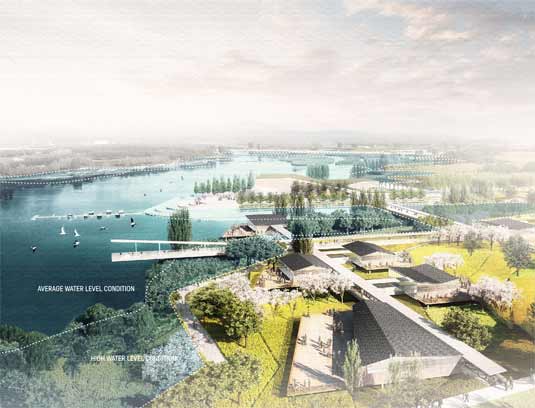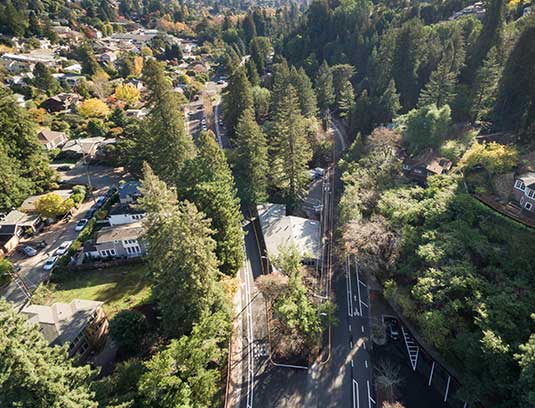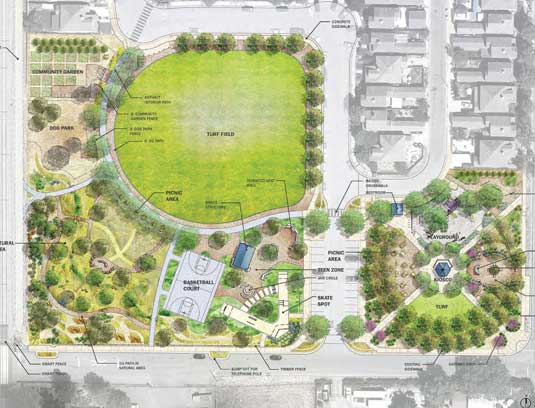“Successful landscape architects are creative visionaries and are skilled at communication and collaboration. On a typical project, landscape architects work closely with architects, engineers, surveyors, horticulturalists, planners, scientists, and contractors.”
What is Landscape Architecture?
Landscape architecture work is vast and varied, and includes the design of everything outside your door. The scope of work is diverse in form and scale, from residential design to wilderness management. Types of projects include public parks, plazas, streets and parkways, college campuses, trails and campgrounds, backyards, playgrounds, shopping centers, and environmental restoration, to name a few. The profession is multi-disciplinary, incorporating elements of natural and social sciences with the creative arts and design.
The profession is geared towards holistic, big-picture thinking, and responding to key social and environmental issues such as climate change, water scarcity, air and light pollution, sustainable building, public health and active living. Landscape architects are trained to have knowledge and understanding of many disciplines including ecology, hydrology, geology, botany, sociology, and engineering.
Successful landscape architects are creative visionaries and are skilled at communication and collaboration. On a typical project, landscape architects work closely with architects, engineers, surveyors, horticulturalists, planners, scientists, and contractors. Projects commonly begin with envisioning the potential of a site and communicating the idea through drawings and presentations. Landscape architects also prepare technical reports, manage projects and lead interdisciplinary teams.
Landscape architects perform professional work in planning and design of land for human use and enjoyment. They produce overall plans and landscape designs for site improvements based on analyses of environmental, physical and social characteristics, and economic considerations.






